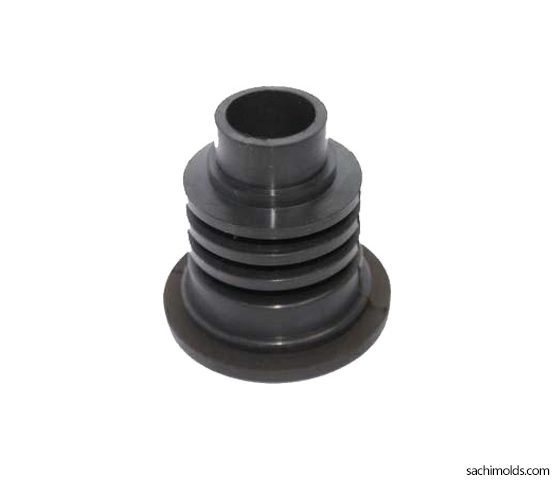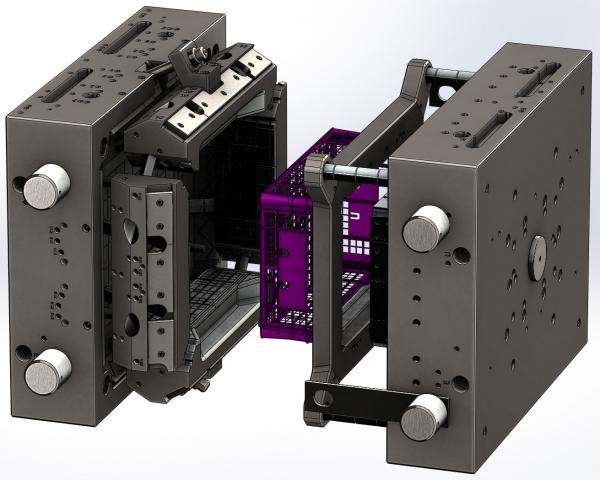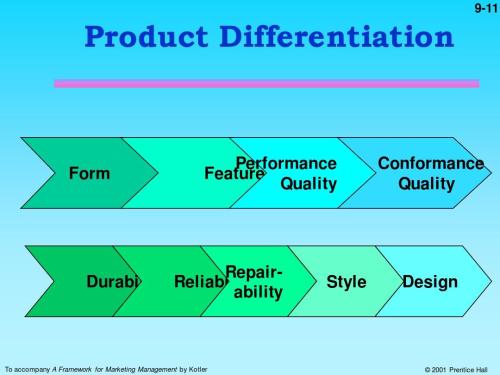Gene Therapy Might Mend Badly Broken Bones

Diabetes Drug Gets FDA Warning Due to Amputation Risk
May 19, 2017
Why the injection molding become so prevalent?
May 19, 2017Gene Therapy Might Mend Badly Broken Bones

The technique is far from becoming a reality. But, it repaired large bone gaps in the mini-pigs scientists studied. The hope, the researchers say, is to eventually help people with badly broken bones that won’t heal.
When a bone sustains a simple fracture, it is usually able to self-repair with time (and a cast). However, severe fractures can leave large gaps in the bone that the self-healing process cannot bridge.
Right now, the “gold standard” treatment for those fractures is bone grafting, said Dan Gazit, one of the senior researchers on the new study.
There, surgeons take bone tissue from elsewhere in the body — or from a donor — and use it to repair the damaged bone.
There is a need, however, for alternatives, said Gazit, a professor of surgery at Cedars-Sinai Medical Center, in Los Angeles.
When bone grafting is done with a patient’s own tissue — often taken from the pelvis — that means additional surgery. And it can leave patients with prolonged pain and added risk of infection, Gazit said.
Meanwhile, donor bone from a tissue bank has its own issues, he noted.
It is “dead bone,” Gazit explained, adding it often fails to integrate into a patient’s own bone to repair the damage.
So Gazit and his colleagues developed an approach aimed at harnessing the body’s natural repair capacity.
First, the researchers implanted a matrix of collagen — a protein in bone — into the gap between the two sides of a fractured bone.
That collagen then attracted the bone’s resident stem cells, and gave them a structure to settle into. Stem cells are early cells that develop into mature tissue, including bone.
Once those cells have populated the gap in the bone, the next step involves gene therapy. The researchers injected a mixture of “microbubbles” and genetic material for a bone-promoting protein, called BMP, into the injury site.




